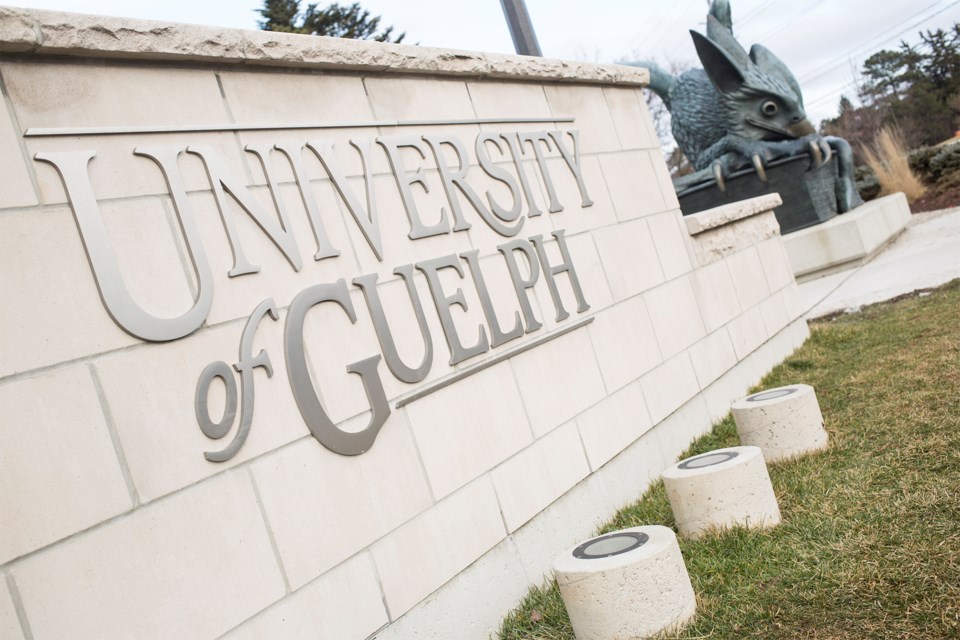It's a $20.4 million cash injection for the University of Guelph.
The federal government is making the investment, which was part of a larger $960-million pledge made this week in Edmonton, and will help fund over 4,700 researchers, infrastructure and emerging scholars across the country.
“This vital investment from the federal government will facilitate future discovery and innovation by University of Guelph researchers,” Rene Van Acker, U of G's interim vice-president of research, said in a news release.
"The diversity of projects attests to the breadth and depth of research excellence at U of G and the commitment of our researchers to respond across disciplines to emerging challenges of our time to improve life now and in the future.”
"This funding, administered through a variety of programs, will go toward acquiring the modern tools researchers need for their work, inspiring and training the next generation of scientists and researchers and supporting their work, and breaking down barriers to ensure an inclusive research community that is truly reflective of Canada’s diversity," the federal government said in a news release.
"It will also help Canada attract and retain some of the world’s best minds and foster international and domestic partnerships that will cement the country’s position as a world leader in research and innovation."
The multi-year pledge includes funding for several research projects.
Everything from artificial intelligence, practical strategies to address hunger among Indigenous and racialized people who have experienced a rise in food insecurity due to the pandemic, the honeybee microbiome, wildfires and more.
Carl Svensson, a professor in the department of physics, will get $6.5 million over the next three years for a couple of projects.
One of them, looking at how matter came to be, requires special equipment to look at tiny particles.
“It’s hard to imagine just how small the nucleus of an atom is, when the atom itself is so tiny,” Svensson said in a news release.
“But if we blew an atom up to the size of Guelph, its nucleus would only be as big as a basketball, and inside that basketball we’d find even smaller protons and neutrons, which themselves are made up of quarks."
